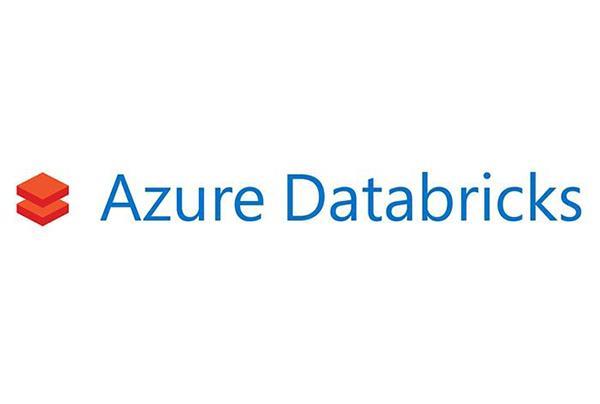To install a library using the Azure Databricks CLI, you can use the databricks libraries install command. Here’s how you can install a library:
- Prepare the Library Configuration:
- Create a JSON or YAML file that describes the library and its installation details. You can specify the library name, version, and source location (e.g., Maven coordinates or PyPI package name).
- Here’s an example of a library configuration in JSON format:
{ "pypi": { "package": "library-package-name", "version": "library-package-version" } }
- Install the Library:
- Open a command prompt or terminal.
- Run the following command to install the library using the Azure Databricks CLI:
databricks libraries install --cluster-id <cluster-id> --json-file <path-to-library-config-file>- Replace
<cluster-id>with the ID of the cluster on which you want to install the library. Specify the path to the library configuration file using<path-to-library-config-file>. - The CLI will initiate the installation process, and the library will be downloaded and installed on the specified cluster.
- Verify the Library Installation:
- You can use the Azure Databricks CLI or the Databricks UI to verify that the library has been installed successfully.
- To list the installed libraries using the CLI, run the following command:
databricks libraries list --cluster-id <cluster-id>Replace<cluster-id>with the ID of the cluster.- The command will display the list of installed libraries on the specified cluster, including the library you just installed.
Remember to replace <cluster-id> with the actual ID of the cluster where you want to install the library. Additionally, ensure that you have the necessary permissions to install libraries on the cluster.
The Azure Databricks CLI provides additional options and parameters for library installation, such as configuring library options, specifying Maven repositories, or using different sources like PyPI, CRAN, or JAR files. Refer to the official Azure Databricks CLI documentation for more details on library installation and available options.
SHARE
